
In summary: It’s true that the administration of President Rodrigo Chaves modified the Water Supply Program for the Middle Basin of the Tempisque River and Coastal Communities (Spanish acronym: PAACUME) to guarantee water for human consumption. The adjustments include the design and construction of infrastructure to make the water drinkable.
In mid-November, during a tour of Guanacaste, the Presidential House announced that PAACUME “now incorporates as a component, for the first time, the supply of drinking water.”
Initially, PAACUME did take into account that the National Groundwater, Irrigation and Drainage Service (Spanish acronym: SENARA) would extract raw (untreated) water for three uses: irrigation, tourism and human consumption. However, the project did not include a concrete initiative to purify and distribute the water. It only took into account including four points where SENARA would deliver raw water to the Institute of Aqueducts and Sewers (Spanish acronym: AyA).
Now, the executive branch included in the project the construction of a water purification plant, a distribution system and storage tanks for AyA.
SENARA explained to The Voice of Guanacaste and Doble Check that, now, the design and construction of the drinking water infrastructure will also be financed with PAACUME funds. Even with the changes, AyA has to be involved later to distribute the service to the communities. The sectors that will benefit haven’t yet been defined.
What did the government say?
During the government tour of Guanacaste in mid-November, the Minister of Agriculture and Livestock, Víctor Carvajal, stated that they made “substantial modifications” to PAACUME and that now, it will include water for human consumption.
“We took a project that was intended to make very important investments to allocate it to farm irrigation and at no time was it taken into account in the previous existing project to purify a single liter of water. So when we talked about providing water for Guanacaste, it was water to be thrown into the fields while people did not have drinking water,” Carvajal stated during the tour in Guanacaste.
That same day, the Presidential House disclosed in a statement that PAACUME “now incorporates as a component, for the first time, the supply of drinking water.” They added that this includes the construction of a water purification plant, a distribution system and storage tanks at the delivery points defined by AyA.
The Voice of Guanacaste and Doble Check from Radioemisoras UCR joined forces to verify if it’s true that the government’s adjustments mean that water for human consumption is being taken into account for the first time.
What is PAACUME and what did it include?
PAACUME is a project included in the Comprehensive Water Supply Program for Guanacaste (Spanish acronym: PIAAG). It is intended to provide water to the right bank of the Tempisque River (in the cantons of Carrillo, Santa Cruz and Nicoya) with 16.5 m3/s (582.7 cubic feet per second) for agriculture, 1.5 m3/s (53 ft3/s) for tourism use and 2 m3/s (70.6 ft3/s) for human consumption.
The project will be financed almost entirely with a $425 million loan from the Central American Bank for Economic Integration (CABEI). Previous administrations have defined it as a necessity for the province, to increase the water supply and provide a solution to water shortage during the months of the dry season.
The project will use water from the Arenal reservoir and will flood 113 hectares (279 acres) of the Lomas de Barbudal Reserve. Initially, SENARA would take the 2 m3/s of raw water to four points: Sardinal, Filadelfia, Santa Cruz and Nicoya. AyA would be responsible for treatment and final distribution.
A 2019 diagnostic done by the Ministry of Environment and Energy, Water Management and the Ministry of Planning admitted that there was an “absence of concrete projects for taking advantage” of the water for human consumption. PAACUME only took into account the raw water delivery points for its eventual purification.
“The original plan did not include any water purification component,” CABEI acknowledged in an official response. “What it established was leaving the raw water at one of the four delivery points and, from there, in the future, working on another to include AyA for purification and distribution,” added the institution.
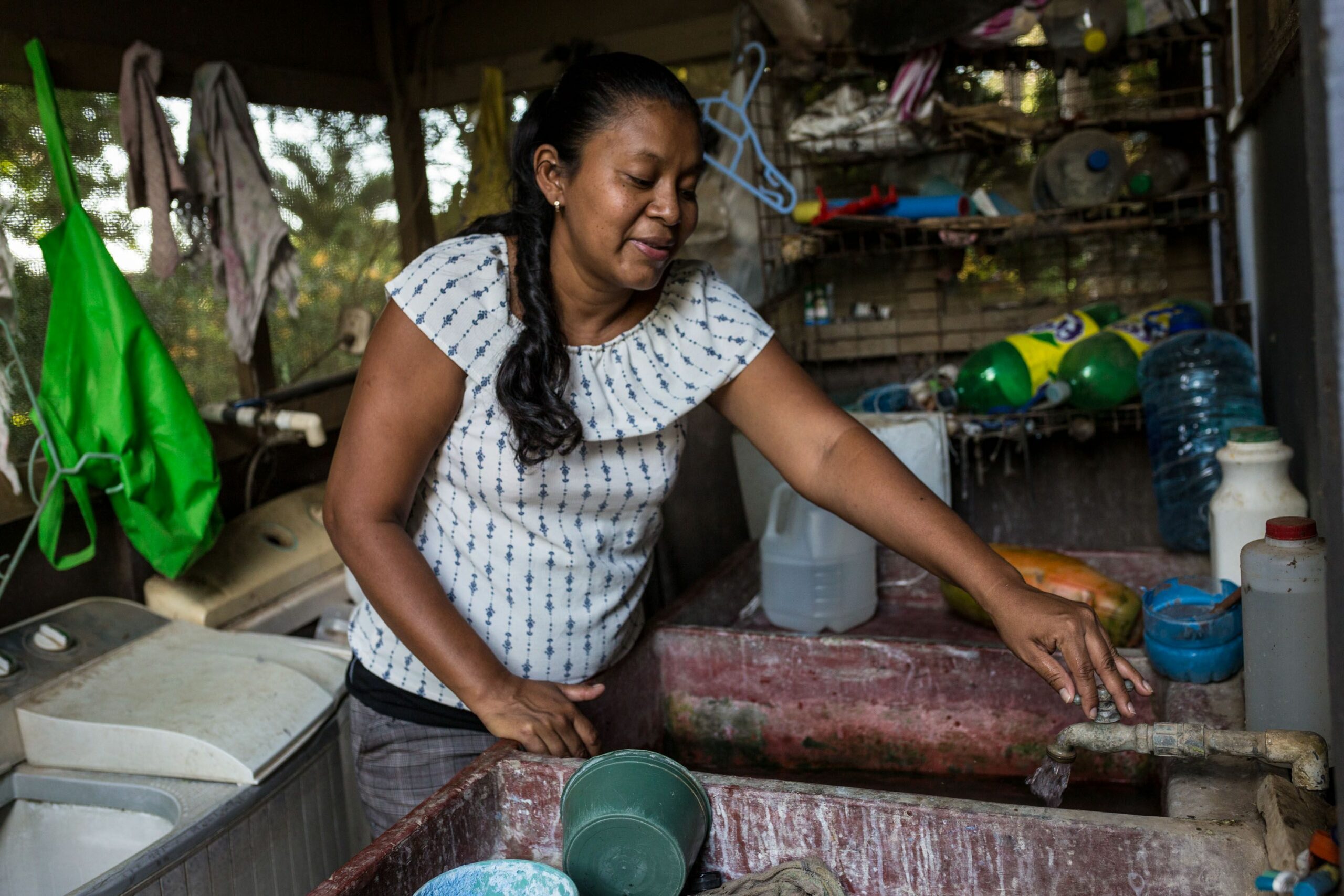
Photo for illustrative purposes. Photo: César Arroyo
Changes in PAACUME
The Voice of Guanacaste and Doble Check identified three changes with regards to PAACUME’s original plan.
As a first point, CABEI explained that the Chaves administration proposed including “a new water treatment plant and carrying drinking water through a protected pipeline” in the infrastructure that will be financed with PAACUME funds.
Now the project doesn’t plan taking the water to four points (Sardinal, Filadelfia, Santa Cruz and Carrillo), but rather to a single site, still to be defined, although it is anticipated that an ideal point would be Palmira de Carrillo. From there, it would be distributed to different areas of the province through pipelines, according to SENARA’s general manager, Osvaldo Quiros.
We began to review it together with the Presidency of the Republic and it’s a whole lot of money to make four water treatment plants. It is operationally more well-aimed to have a single plant to supply the same communities,” Quiros explained.
As a second point, now AyA has become involved in the technical team that follows up on the project. Previously, according to Quiros, AyA had only provided general data on water needs for human consumption.
“Since work began on the project, we’ve asked AyA to join the project to ensure that all three uses of water are guaranteed (tourism, agriculture and human consumption), but they never took interest [in it],” he said.
The Voice and Doble Check requested statements from AyA through its press office, but we hadn’t received a response as of the time of writing this article.
SENARA requested that AyA detail the current and future needs for supplying drinking water in the region, in order to be in charge of designing and supervising the construction of the infrastructure based on that information. SENARA will turn over the infrastructure to AyA for administering the potable water service.
Quiros specified that “the distribution network has assigned [financial] resources in the order of $150 million.” The total resources that CABEI provided for PAACUME remain the same, so the government will negotiate that the irrigation canals be financed through alliances between the State and the agricultural production sector.
Finally, according to Quiros, “there are going to be changes” in the rates that SENARA will receive charging for the water. With the initial proposal, raw water would be sold to AyA for 11 colones (about 2 cents USD) and that institution charges from 400 colones to 1,500 colones ($0.65 to $2.45) per cubic meter.
That doesn’t mean a rate change for people,” he clarified. “But this is going to change. Possibly AyA will sell it at ¢350, ¢400 ($0.57 or $0.65). That is something that ARESEP (Public Services Regulatory Authority) will have to establish,” he commented.
President Chaves’ main reason for questioning continuing with PAACUME had to do precisely with the rates established for use of the water resources. According to Quiros, the rate adjustments by ARESEP are still pending.


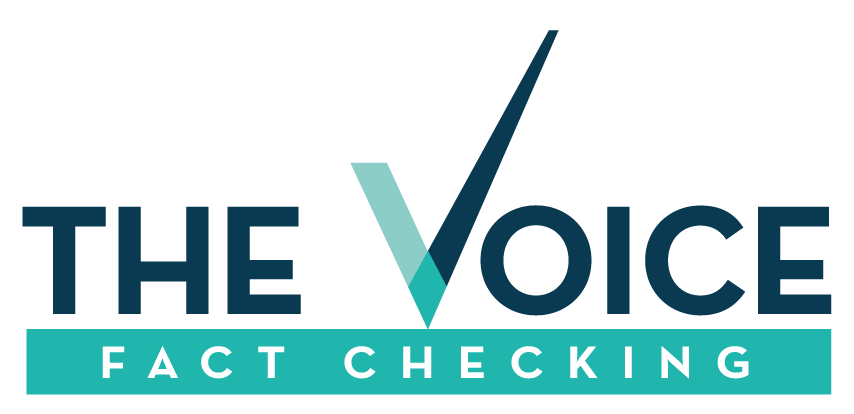
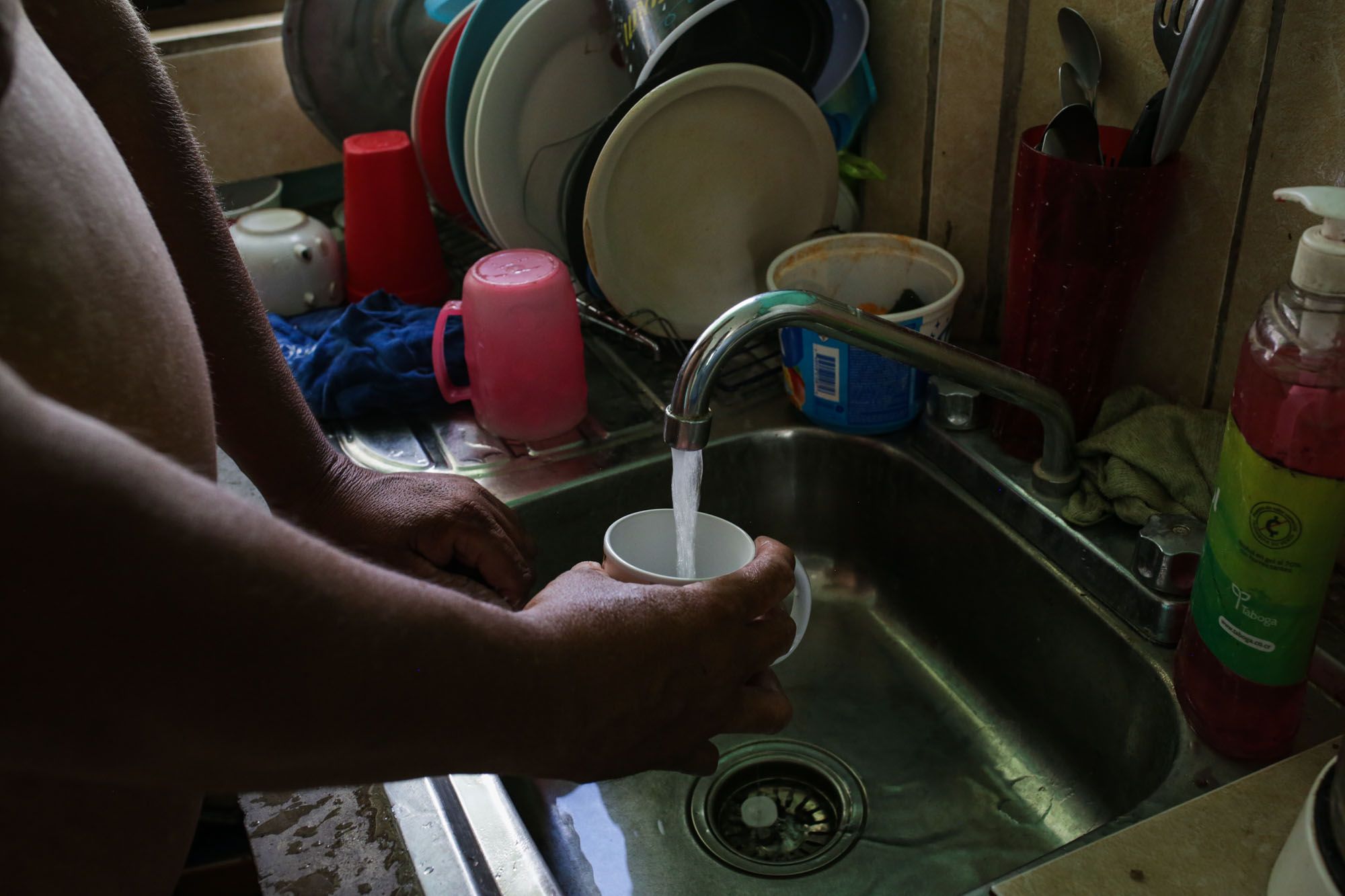
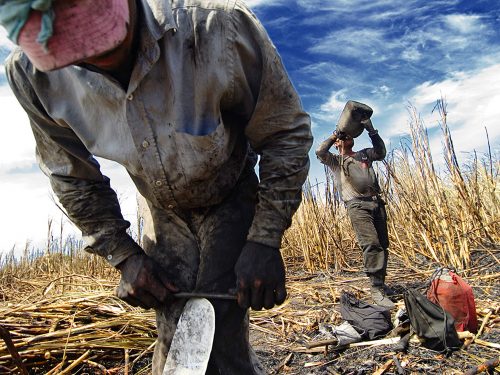
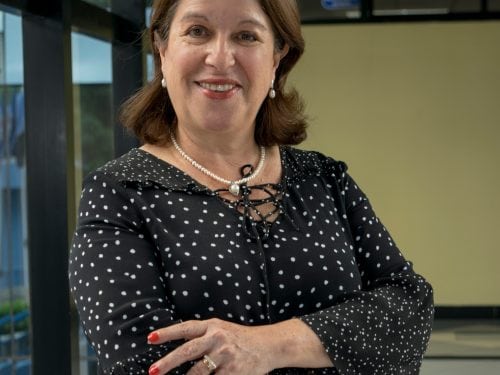
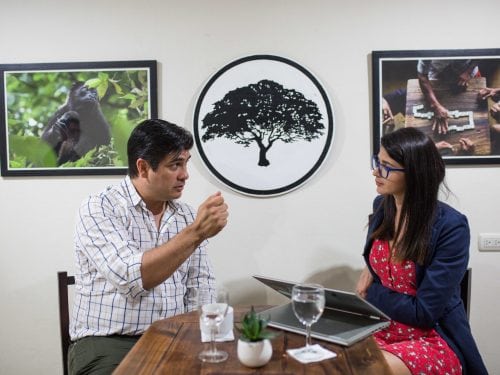

Comments